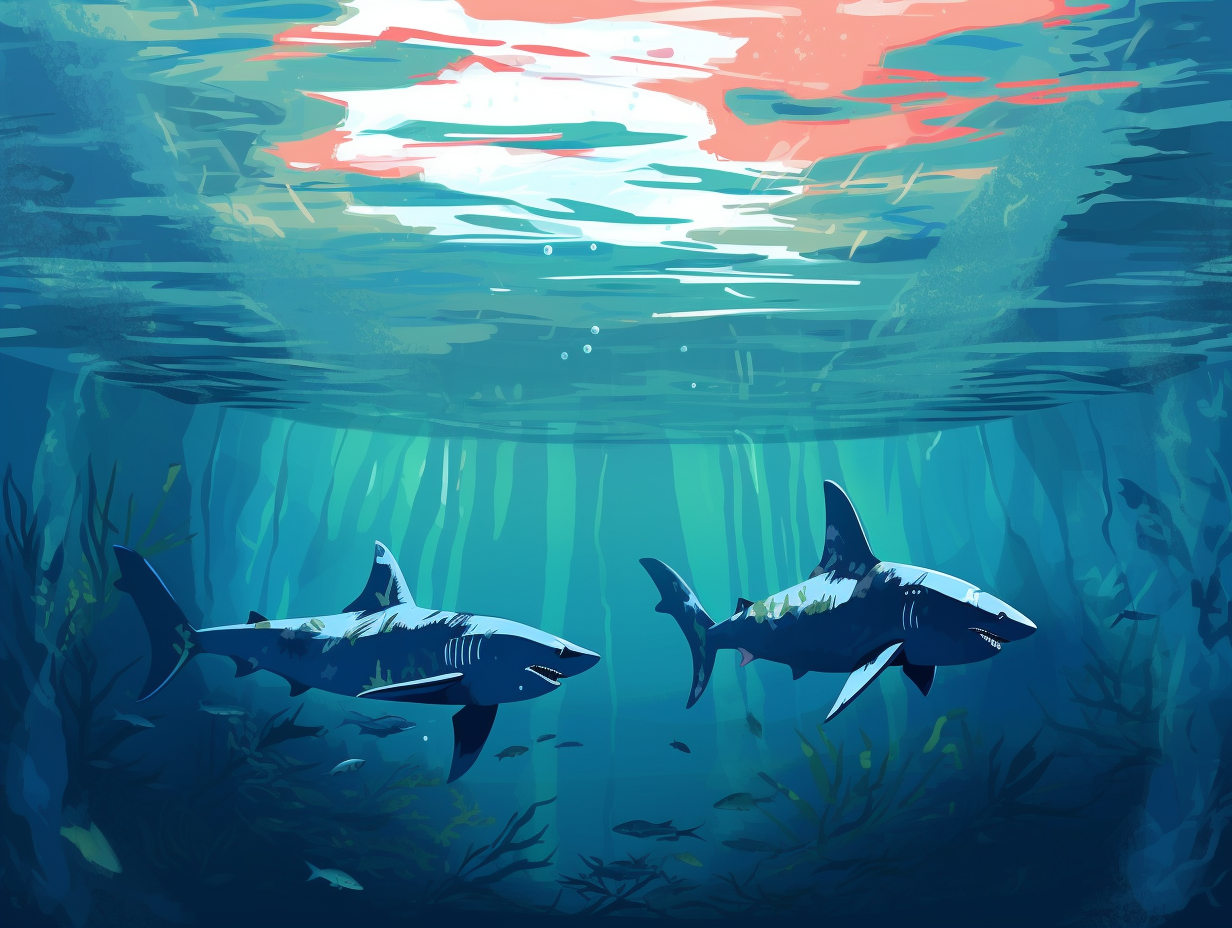Discover the Underwater World: Top 13 Amazing and Fun Facts About Starfish

1. Sunflower Star: Size Matters
When it comes to the sunflower star, size really does matter, and it's got arms for days: This record-breaking sea star stretches more than three feet across and hustles at an impressive 3.3 feet per minute, but sadly, its numbers are dwindling due to rising ocean temperatures and diseases.
Source => treehugger.com
2. Mussel Terror: Sea Star's Prying Power
Muscles may tremble at the gym, but mussels squirm in terror when sea stars are near: these cunning creatures can apply up to 12 pounds of pressure to pry open their prey with their tubed feet and then oozes out its stomach to digest the softness inside, a special sea star skill called eversion.
Source => cimi.org

Discover the magical world of sea urchins and their unique, crystal-like spines that grant them incredible flexibility and strength. Are they attending underwater Hogwarts? Dive in to find out!
=> Fun Facts about Sea-Urchins
3. Ultimate Arm-y Knife: Starfish Regeneration
Introducing the ultimate arm-y knife of the underwater world: Starfish possess incredible regenerative powers, allowing them to regrow lost arms and even whole bodies from a single limb, thanks to vital organs housed within their arms!
Source => sheppardsoftware.com
4. Houdini Starfish: Shed and Regrow Arms
Imagine the starfish as the ultimate magician: performing a great escape act by pulling a Houdini with their arms, only to have them reappear later on! This illusion isn't all smoke and mirrors: starfish can voluntarily shed an arm to distract a predator while it slips away, then regenerate the lost limb through a process known as autotomy, making them a fascinating subject of study for potential human tissue repair applications.
Source => en.wikipedia.org

5. Growing New Bodies: The Power of One Arm
Talk about an arm and a leg: sea stars not only regenerate their arms if they're damaged or lost, but some species can even grow an entire new body from just one arm, as their vital organs are housed within those limbs!
Source => aqua.org
6. Starfish Pat on the Back: Regeneration Extraordinaire
Don't you wish you could be like a starfish and give yourself a (literal) pat on the back? These master regenerators have a few tricks up their (several) sleeves: Different species of starfish possess varying abilities to regenerate their arms, some even regrowing multiple arms from a central disk. This phenomenal process, which follows a three-phase model, can take up to a year or more. Starfish may even hold the secret to developing human therapeutics for repairing damaged cells or tissues.
Source => en.wikipedia.org
7. Water-Cooler Chitchat: Unique Vascular System
You might say that starfish are the ultimate water-cooler chitchatters, always passing water around and sharing the latest wave of gossip: These fascinating echinoderms possess a unique water vascular system that circulates seawater through their bodies, ensuring nutrients and oxygen are pumped to essential body parts while also enabling fluid locomotion using their tube feet.
Source => oceanservice.noaa.gov
8. Eyes in the Arms: Starfish's Panoramic Vision
Who says starfish can't join the peep show? These underwater celebrities come with their own sets of eyes, complete with a full-circle panorama: Starfish actually have eyespots at the ends of their arms which allow them to detect light and dark; they cannot perceive colors, details, or fast-moving objects, but can see larger structures like coral reefs essential for their habitat.
Source => thoughtco.com
9. Marine Invertebrates: Not Your Average Fish
You might've considered them the ultimate regenerating sea wizards, but hold on to your spell books: Starfish are not actual fish but marine invertebrates in the Asteroidea class with over 1,900 species found worldwide, possessing the magical ability to regenerate lost limbs.
Source => en.wikipedia.org

10. Stomach-Reversing Trick: External Digestion
Ever wonder how starfish enjoy a supersized meal without jaws or reservations? They have a stomach-reversing trick up their...sleeve! By taking the restaurant experience to a whole new level: some species of starfish have the remarkable ability to evert their stomachs in order to digest their prey externally before gracefully bringing their stomach back into their body. This peculiar feat allows them to consume food much larger than their mouths and indulge in a wide palate of scrumptious organisms such as sponges, tube-worms, slow-moving or dead/dying fish, and even other starfish!
Source => digestivesystemsection1ungerxhs.weebly.com
11. Team Wnt: Bat Star's Polarity and Symmetry
If the bat star, or Patiria miniata had WiFi, it would definitely be Team Wnt for all their signal relaying needs: These sea stars use a protein called Dishevelled to establish polarity in the initial cell, leading to their unique symmetry in the embryo. As part of the Wnt pathway, Dishevelled communicates between their cells, playing a crucial role in the evolution of their body plan.
Source => wi.mit.edu
12. Arm-ageddon: Sea Star Wasting Syndrome
And they say humans can't handle commitment: Starfish underwent a real-life “Arm-ageddon” when Sea Star Wasting Syndrome wiped out 20 species from Mexico to Alaska, causing twisted arms, white lesions, deflation, limb loss, and eventual disintegration over days or weeks. This mass die-off, once thought to be viral, now points to a bacterial infection sprouting from an imbalance in the starfish's microbiome, devastating once common species like sunflower, mottled, and ochre stars – ultimately turning their former habitats into mussel paradise!
Source => nps.gov
13. Arm Party: Regeneration Rockstars
Contrary to the hit musical, these stars aren't under the sea to rock-and-roll; they're just having an arm party of their own: Starfish, despite lacking vocal chords for performing chart-toppers, possess the fascinating talent of regenerating lost limbs through a process named autotomy, all thanks to their unique water vascular system that pumps nutrients for a brand new appendage to take shape.
Source => oceanservice.noaa.gov
Related Fun Facts




















